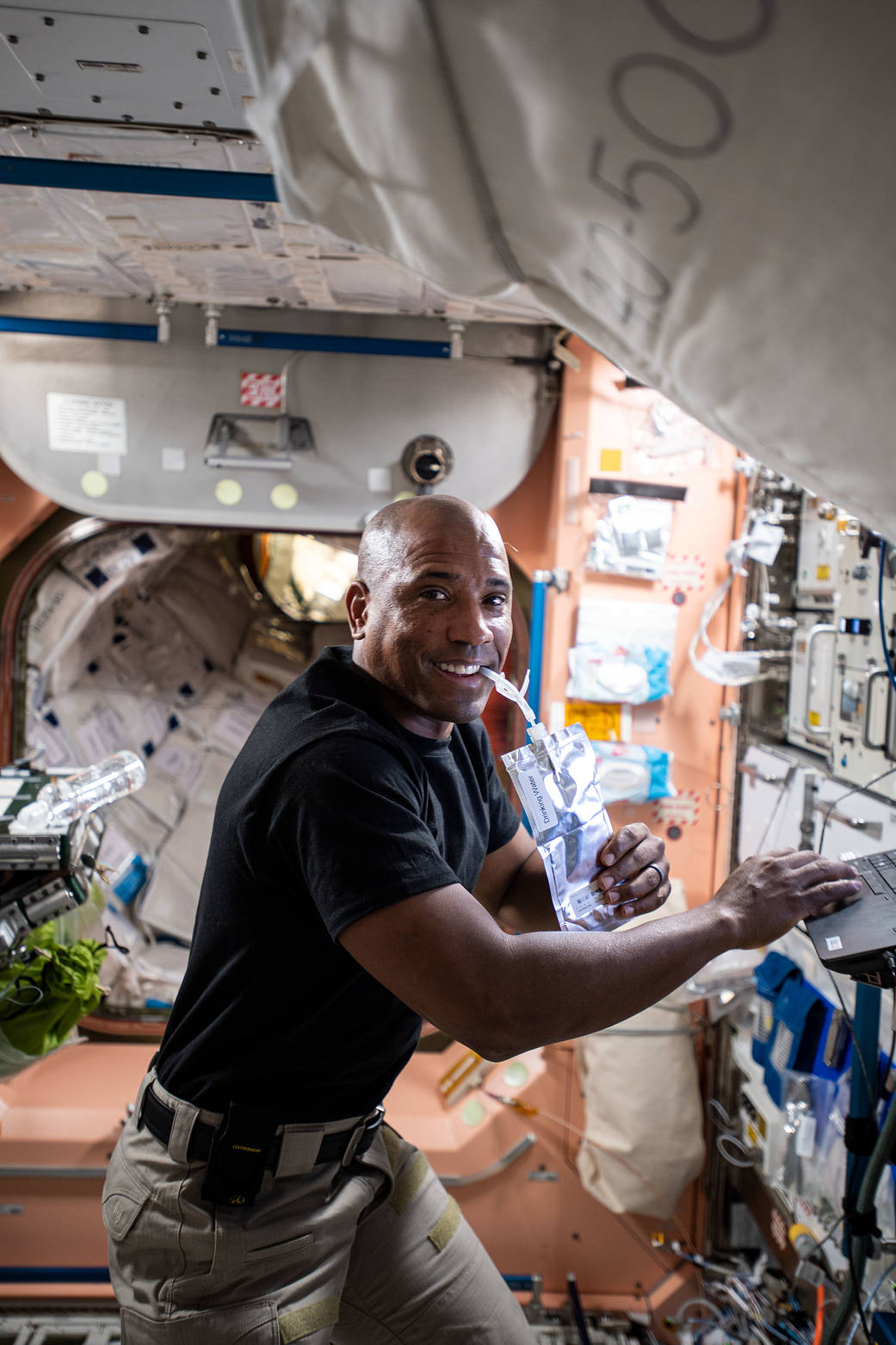The latest book marks our third effort to review available literature regarding the role of nutrition in astronaut health. In 2009, we reviewed the existing knowledge and history of human nutrition for spaceflight, with a key goal of identifying additional data that would be required before NASA could confidently reduce the risk of an inadequate food system or inadequate nutrition to as low as possible in support of human expeditions to the Moon or Mars. We used a nutrient-by-nutrient approach to address this effort, and we included a brief description of the space food systems during historical space programs.
In 2014, we published a second volume of the book, which was not so much a second edition, but rather a view of space nutrition from a different perspective. This volume updated research that had been published in the intervening 6 years and addressed space nutrition with a more physiological systems-based approach.
The current version is an expanded, updated version of that second book, providing both a systems approach overall, but also including details of nutrients and their roles within each system. As such, this book is divided into chapters based on physiological systems (e.g., bone, muscle, ocular); highlighted in each chapter are the nutrients associated with that particular system. We provide updated information on space foodsystems and constraints of the same, and provide dietary intake data from International Space Station (ISS) astronauts.
We present data from ground-based analog studies, designed to mimic one or more conditions similar to those produced by spaceflight. Head-down tilt bed rest is a common analog of the general (and specifically musculoskeletal) disuse of spaceflight. Nutrition research from Antarctica relies on the associated confinementand isolation, in addition to the lack of sunlight exposure during the winter months. Undersea habitats help expand our understanding of nutritional changes in a confined space with a hyperbaric atmosphere. We also review spaceflight research, including data from now “historical” flights on the Space Shuttle, data from the Russian space station Mir, and earlier space programs such as Apollo and Skylab. The ISS, now more than20 years old, has provided (and continues to provide) a wealth of nutrition findings from extended-duration spaceflights of 4 to 12 months. We review findings from this platform as well, providing a comprehensive review of what is known regarding the role of human nutrition in keeping astronauts healthy.
With this latest book, we hope we have accurately captured the current state of the field of space food and nutrition, and that we have provided some guideposts for work that remains to be done to enable safe and successful human exploration beyond low-Earth orbit.
Human Adaptation to Spaceflight: The Role of Food and Nutrition – 2nd Edition
Human Adaptation to Spaceflight: The Role of Food and Nutrition – 1st Edition
Nutritional Biochemistry of Space Flight
Download Biochemistry of Space Flight PDF
